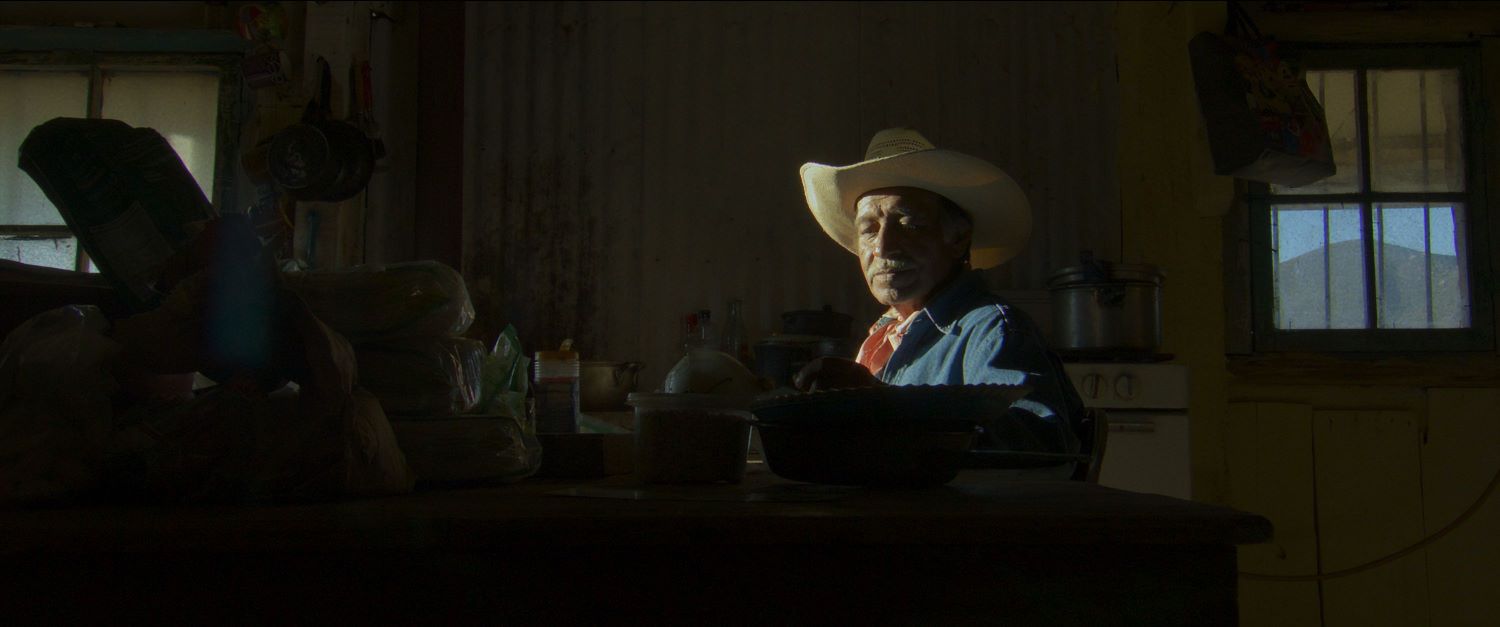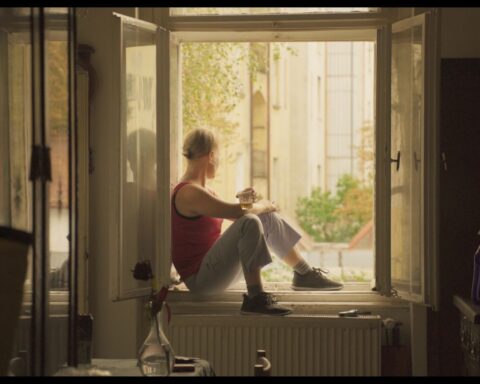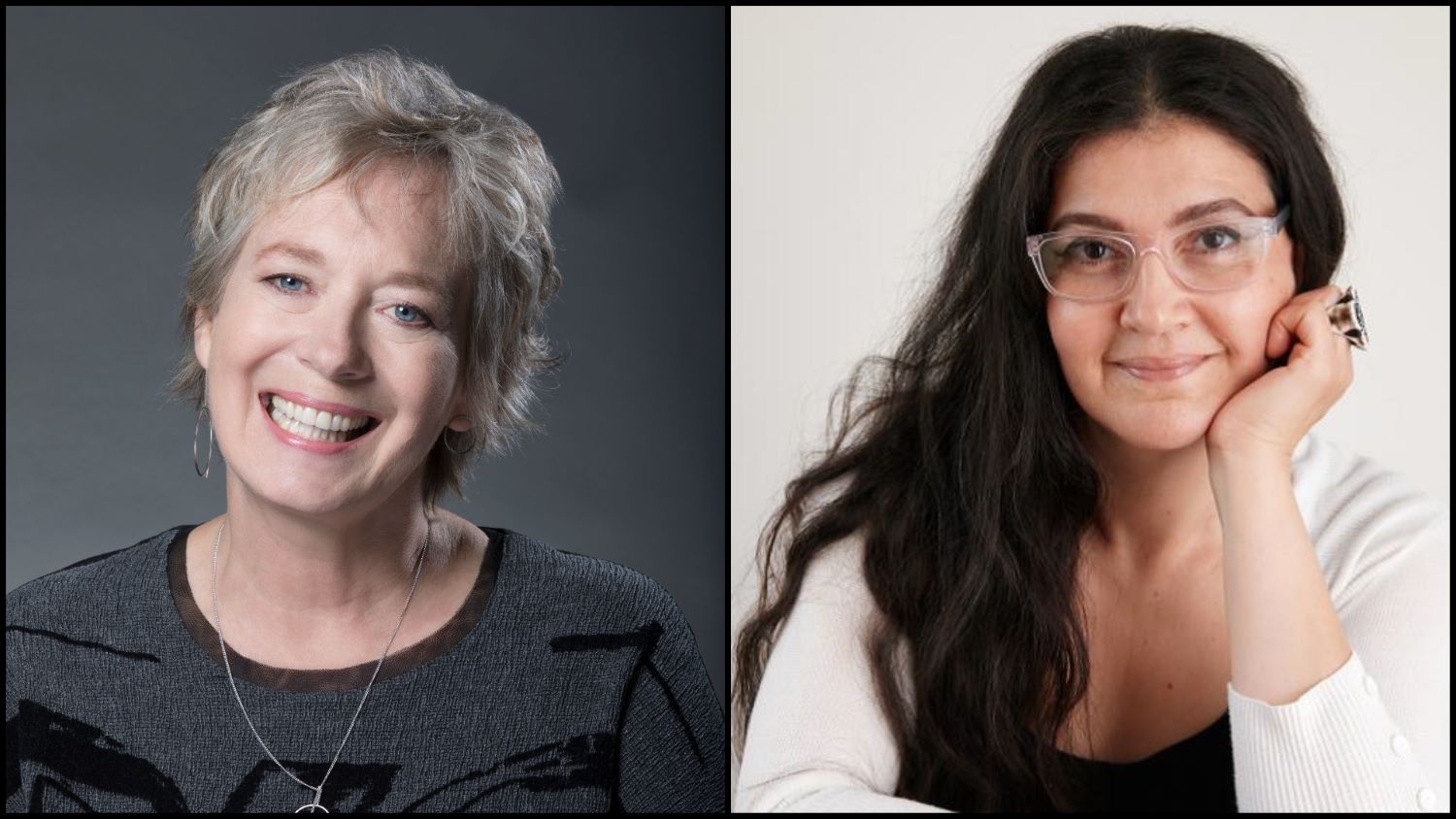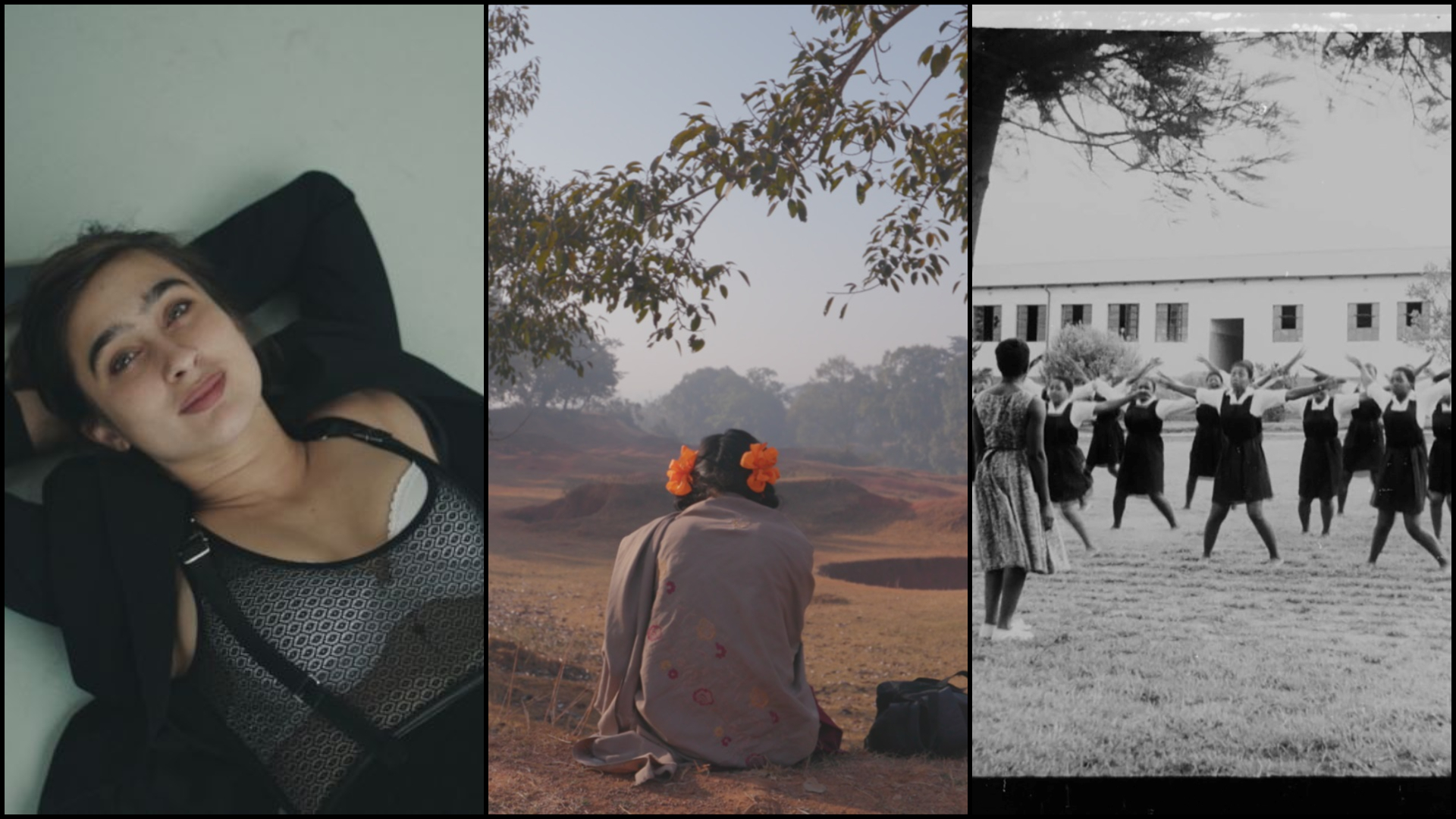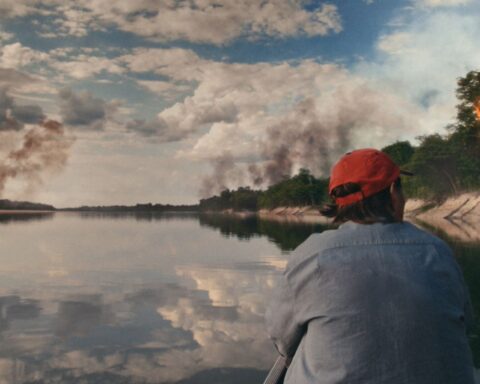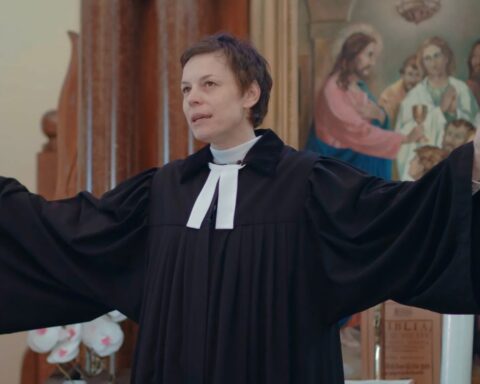Julien Elie’s new feature-length documentary highlights the regime of violence, wrought by transnational companies in cahoots with organized crime and the Mexican government, to expropriate land and exploit resources.
La guardia blanca gives voice to the courageous land defenders and their families who dare to speak out about this new form of colonialism that is decimating Mexican villages and landscapes with impunity. Land defenders around the world, from the Congo to the Philippines, who dare to confront mining companies and other resource extractors face great risks. But land defenders in Mexico face an unspeakable level of violence. In 2022, more land defenders were in killed in Mexico than in any other country.
La guardia blanca also happens to be a stunningly beautiful film; a vivid panorama of natural beauty that is under threat. Elie spent several months painstakingly documenting a wide variety of landscapes in a dozen Mexican states.
Elie’s last feature, Dark Suns, a rigorously researched film about an epidemic of violence and murder in Mexico, won prizes around the world, including the F:ACT award at CPH:DOX and the Grand prize for best Canadian feature at RIDM 2018. Julien Elie is a Montreal-based filmmaker. His documentaries have been presented at film festivals worldwide.
POV spoke to the director prior to the film’s Canadian premiere at RIDM.
POV: Megan Durnford
JE: Julien Elie
POV: Dark Suns was inspired by Bones in the Desert, a book about feminicide by journalist Sergio González Rodríguez. Was La guardia blanca also inspired by a journalistic account?
JE: First, I want to add that Dark Suns was also inspired by Roberto Bolaño. This Chilean writer wrote 2666, a novel inspired by Bones in the Desert. Literature really inspires me. I read voraciously, newspapers, magazines, books of all kinds, but as a filmmaker I am especially inspired by fiction. There is special turn of phrase, an image, a sensation—and boom I see a film.
The inspiration for La guardia blanca is a blend of things that I experienced during the creation of Dark Suns, articles by journalist Jesús Lemus (who is in the film) and nonfiction books and novels about colonisation and exploitation. Novels by B. Traven, a German writer who moved to Mexico, (and is most famous for Treasure of the Sierra Madre), really inspired me. He wrote a lot about forms of exploitation at the beginning of the century, especially of Indigenous people. It feels like the same model (of colonisation) is still being used. And tons of photos that we took during location scouting trips. Plus stunning illustrations and watercolours by storyboard artist Horacio Mondragón. These were also a source of inspiration.
POV: Is La guardia blanca a sequel to Dark Suns?
JE: Some people have thought that. I don’t see it that way. Aesthetically, La guardia blanca is completely different—it is in colour, shimmering colour (Dark Suns is a black and white film) and it has a CinemaScope aspect ratio because I really wanted to accentuate the mountains and the sky.
On the other hand, La guardia blanca does provide some answers to questions that were raised by Dark Suns. It is important to acknowledge that in Mexico, the most violent, most dangerous regions (where people have been massacred or disappeared) are regions that are rich in minerals and other natural resources. In Dark Suns, I wanted to show that violence is not just linked to drug trafficking. In La guardia blanca, yes, there is some violence due to drug trafficking, but ultimately the real problem is transnational corporations that expropriate land and benefit from a lawless situation. Mexican police and the judiciary are often part of the problem.
POV: How did you become a filmmaker?
JE: I wanted to be a filmmaker, really early, from about the age of 6 . I am not even sure where I got this idea—perhaps because my parents brought me up in a very rich cultural environment.
I never went to university. I became a filmmaker by watching thousands of films: Tarkovsky, Buñuel, Fritz Lang. I spent whole summers watching films. And I read about film theory, especially essays by Sergei Eisenstein.
POV: What motivated you to create La guardia blanca?
JE: I choose to direct a film because I think that it will make a good story. Of course, I want to denounce injustice but I also want to tell a story in the best way possible. My priority is to create immersive cinema. I want to immerse the spectator in a specific universe, more than I want to inform them.
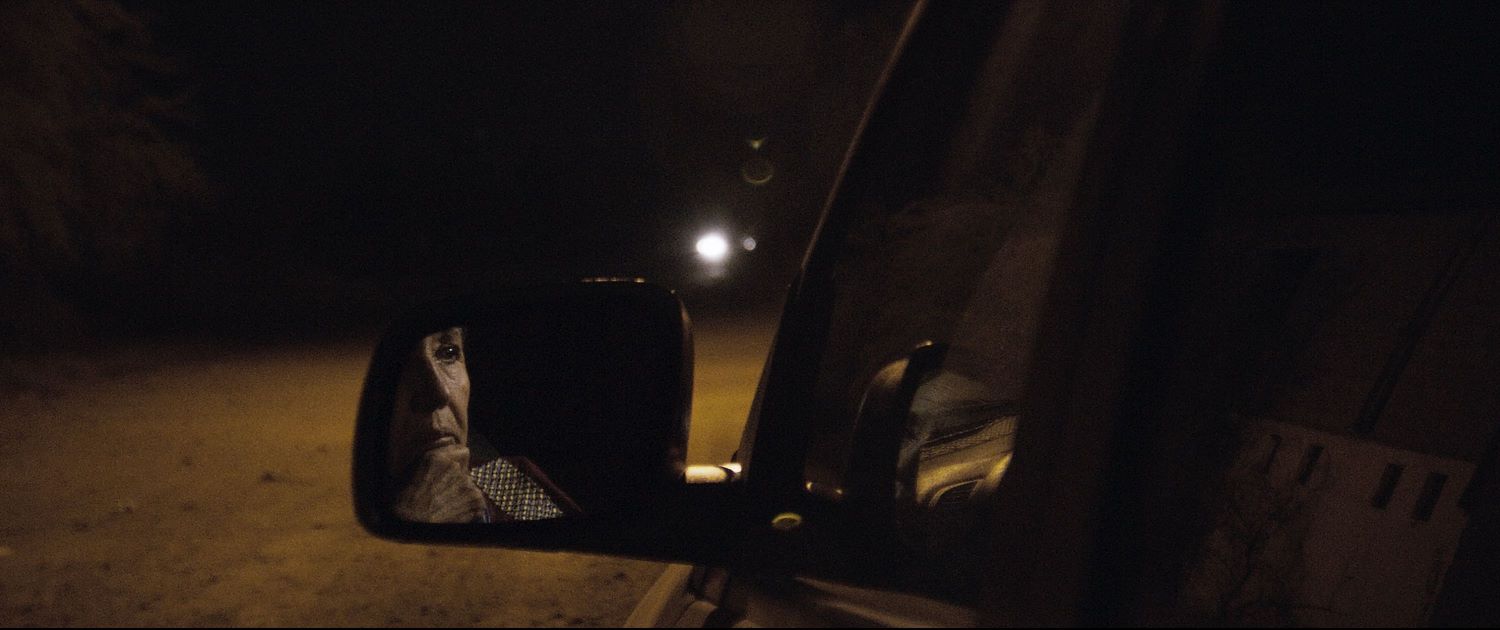
POV: You have been documenting violent nightmarish situations for several years. How do you protect the physical well-being of yourself and the crew?
JE: After Dark Suns, I promised myself that I would move on to something completely different. But I did the opposite! La guardia blanca was probably even more dangerous to make. It is a film that has a really gentle rhythm, the spectator can be carried away by the beauty of the landscapes, but there is an underpinning of extreme violence.
We took a lot of care to avoid being in a threatening situation. We worked day and night to prepare for every eventuality. First, we spent a lot of time in research to develop deep bonds of trust with the protagonists.
And it is important to keep things in perspective. It is much more dangerous for the subjects than it is for us. The fact that we were Canadian and that we were involved in filmmaking afforded us a privileged position. Mexican activists and journalists and our filmmaking team may have been in similar situations. But afterwards, we can go home—they have to stay.
And of course, there are decent people in the police, in the government, who are concerned about the safety of land defenders and journalists.
There is even a section of the police force that is designated for the protection of activists and journalists and sometimes we had access to this protection.
It was so dangerous to meet with the protagonist Don Roberto that we could not sleep nearby. We had to drive 3.5 hours each way in the same day in order to film him. We were accompanied by a special unit of the state police. We travelled in separate vehicles and the police always kept a safe distance.
We were filming in a region that was completely controlled by organized crime. Zacatecas at that time (October 2021) was the most dangerous place in Mexico. I would never interview in the presence of armed people. But to get to Don Roberto’s place, we had no choice ; we had to be escorted on the road.
Nothing could be left to chance. The planning had to be meticulous. For instance, at one point we had to change our license plates in the middle of the night. In Zacatecas, the Jalisco cartel and the Sinaloa cartel are at war with each other. Our rented vehicle had a Jalisco license plate and we were filming in an area controlled by the Sinaloa cartel. Driving around with the Jalisco license plate would have made us a potential target.
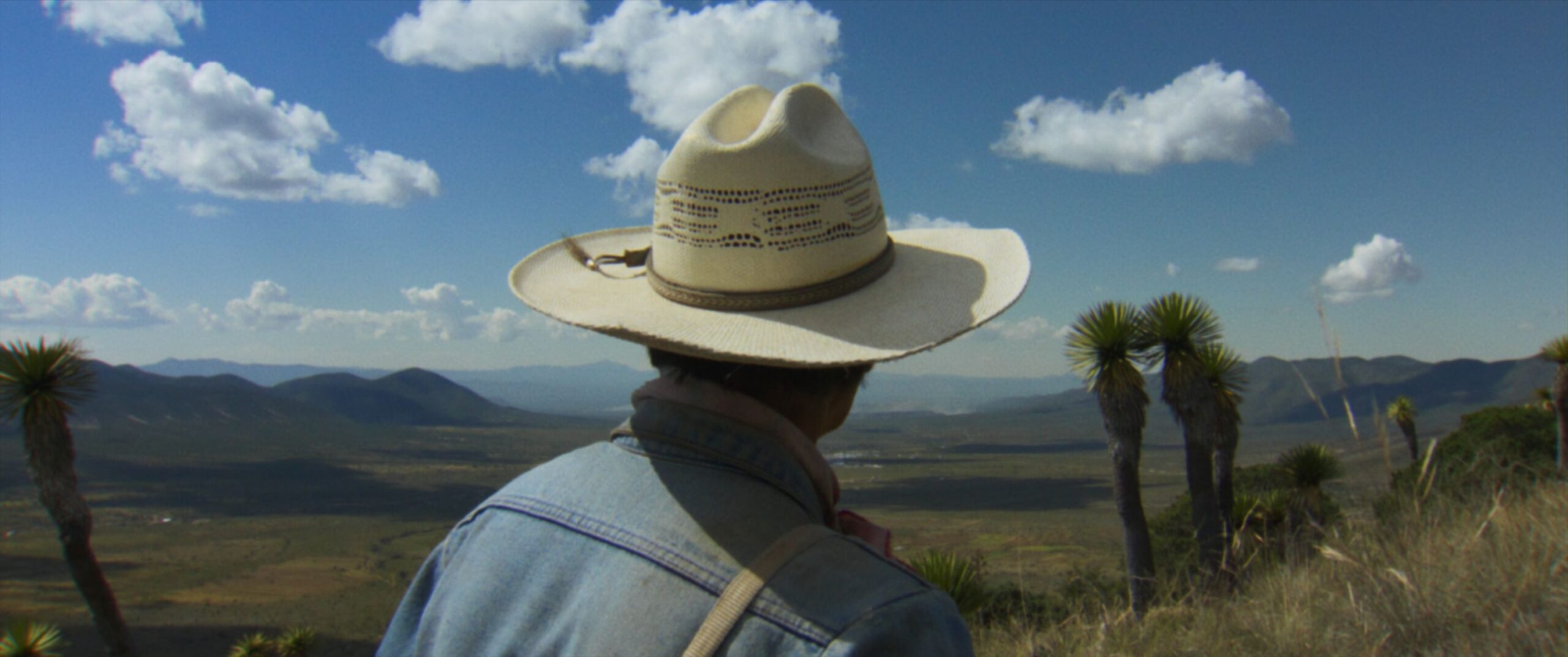
POV: By interviewing land defender Don Roberto, weren’t you putting him in danger?
JE: Safety is my top preoccupation. Of course, I do not want to put the protagonists’ lives in more danger than they are already. But they are not naive. When I discuss safety with potential subjects, they often say “we are already dead. Your film won’t make it worse… it might help.”
POV: And how do you protect yourself on an emotional level?
JE: It’s true that I have made films about some pretty intense topics. I have also directed a film about Rwanda, about the death penalty in the U.S.
My films tend to be related to my travels. My connection to Mexico is because I love the country. Yes, I could have made a film about another issue. But this violence is what is happening there now. As a filmmaker, as a human being, how could I not talk about it?
Yes, there are many sleepless nights. It is very draining. There is an emotional cost to making these films. And I do think that the sombre period that I experienced between The Last Meal and Dark Suns might have been related to the emotional shock that I experienced shooting my first films.
How do I manage to cope emotionally? I surround myself with great people. There is a wonderful dynamic in the team. We laugh a lot. And we have good downtime between shoots: the time to have a good meal, a glass of wine. You need to take time to enjoy life together or the production would become unbearable.
POV: You clearly have a very strong emotional tie to Mexico. Why are you so attached to this country?
JE: It’s true that I have been to every region in Mexico and it is really my second home. Why? well… I started travelling there when I was pretty young, and much more frequently since 2009, because I was continuously inspired. At every street corner, there is the beginning of a story. André Breton said that Mexico is the land of surrealism. I have always been inspired by surrealist literature and films, especially Spanish filmmaker Luis Buñuel who spent a large part of his life in Mexico and he made many films there. I have always been a bit obsessed with his films. When I was a teenager, one summer I saw 25 of his films, one after the other. I could never have imagined that one day, I would film in Mexico. My subconscious must have brought me there. Surrealists would like that! There is also an incredibly rich history of painting and photography in Mexico, probably because the light is so beautiful. I have a couple of ideas for fiction films that I would like to shoot in Mexico.
POV: Could you tell me about the development of La guardia blanca’s haunting soundscape?
JE: Early in my career, I was a boom operator for feature films. I learned to really appreciate the importance of sound.
So, right from the first draft of a film, I start thinking about the sound and I bring my collaborators into the discussion. Like right now composer Mimi Allard is already at work on my next doc, even though we are still filming.
I always film scenes with the sound in mind. And I have very precise ideas about how I want a scene to sound even before it is filmed.
For instance in the opening scene (a three minute zoom out of a tree in the rainforest) I wanted it to be clear that nature is not the threat, we are the threat. Sound plays a key role in conveying that idea.
POV: Could you tell me about the artistic complicity between you and Ernesto Pardo (a Uruguayan DOP based in Mexico)?
JE: I am so lucky to be able to work with him. I was really impressed by his work in Tempestad (2016) a Mexican documentary about human trafficking. So I called him up and we connected very quickly.
We worked together on Dark Suns too. We almost never talk during a shoot. We look at each other and we understand. Of course we talk a lot beforehand and on the road before a shoot.
I had an idea of a certain aesthetic that I wanted to capture during the shoot, and not create it in post-production. We used a RED camera, low resolution with Super 16 lenses, that gave these “soft” images reminiscent of paintings. Not too much detail.
La guardia blanca should really be seen in a cinema. Recently, a festival programmer, who had selected my film, saw La guardia blanca at a premiere event. Afterwards, he asked me what I had changed. I hadn’t changed anything. But his experience of the film was completely different when he saw it the way that it is meant to be seen.




